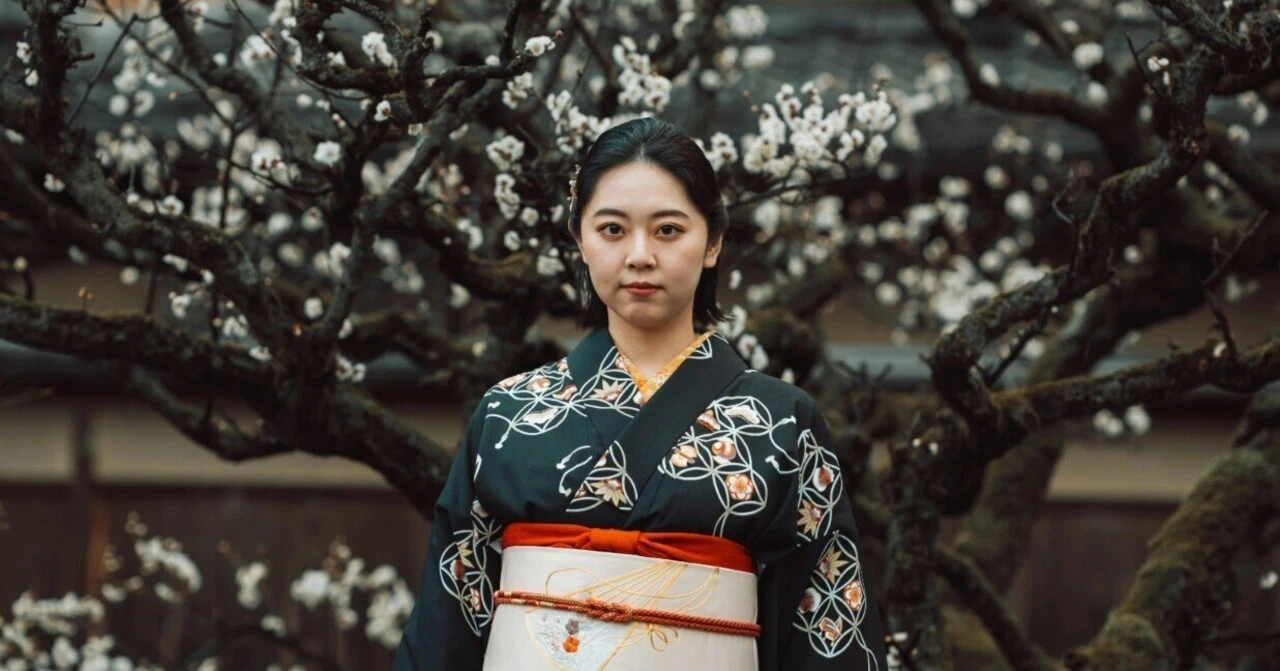
(Continued from the previous post)
One of the major turning points that sparked the ramen boom in Hong Kong was the surge in travel to Japan.
With the rise of low-cost carriers, the weakening yen, and the growing influence of social media, more Hongkongers began visiting Japan casually and frequently.
By experiencing “authentic ramen” at their travel destinations, many had their preconceived notions about the dish completely reshaped.
Instead of thinking ramen is simply “salty,” they started describing it as “rich in umami.”
Rather than calling it “too heavy,” they began to appreciate its “depth of flavor.”
Tasting the real thing allowed people to familiarize themselves with the structure and style of ramen, and after returning home, many found themselves craving that same taste again.
In this way, firsthand experience became a catalyst for changing preferences.
The first wave of the ramen boom was further supported by the emergence of locally owned Japanese-style restaurant chains.
From conveyor belt sushi to ramen specialty shops, menus were adapted to suit local palates.
As a result, Japanese cuisine came to be seen as something accessible, not exotic.
Later, major Japanese brands entered the Hong Kong market in earnest, ushering in a second wave.
Famous names like Ippudo, Ichiran, and Santouka began operating locally, bringing with them the authentic taste and style of Japan.
Some locations even saw long queues, and “going out for ramen” gradually became a common weekend activity.
What’s interesting is that, even amid this evolution, Demae Iccho instant noodles have remained a staple in Hong Kong households.
There are now two clear roles: restaurant ramen for dining out, and instant ramen for home.
Rather than competing, they coexist, each with its own identity.
Over time, ramen has shifted from being perceived as “too strong” to something comforting and familiar.
Taste preferences evolve slowly, shaped by experience and time—
and in many ways, this mirrors how cultures are embraced and absorbed.
(To be continued)
